Headaches are a common ailment that can affect anyone, regardless of age, gender, or lifestyle. They can be caused by a variety of factors, including stress, dehydration, muscle tension, and underlying medical conditions. While over-the-counter medications can provide temporary relief, frequent use can lead to side effects and rebound headaches.
Yoga, an ancient practice rooted in Indian philosophy, offers a natural and holistic approach to headache relief. Yoga poses, known as asanas, are designed to stretch and strengthen the muscles, improve circulation, and promote relaxation, all of which can help to alleviate headache symptoms.
What are asanas?
Asanas are postures practiced in yoga. They are designed to improve flexibility, strength, balance, and coordination. Asanas can also help to reduce stress, anxiety, and depression.
How do asanas help get rid of headaches?
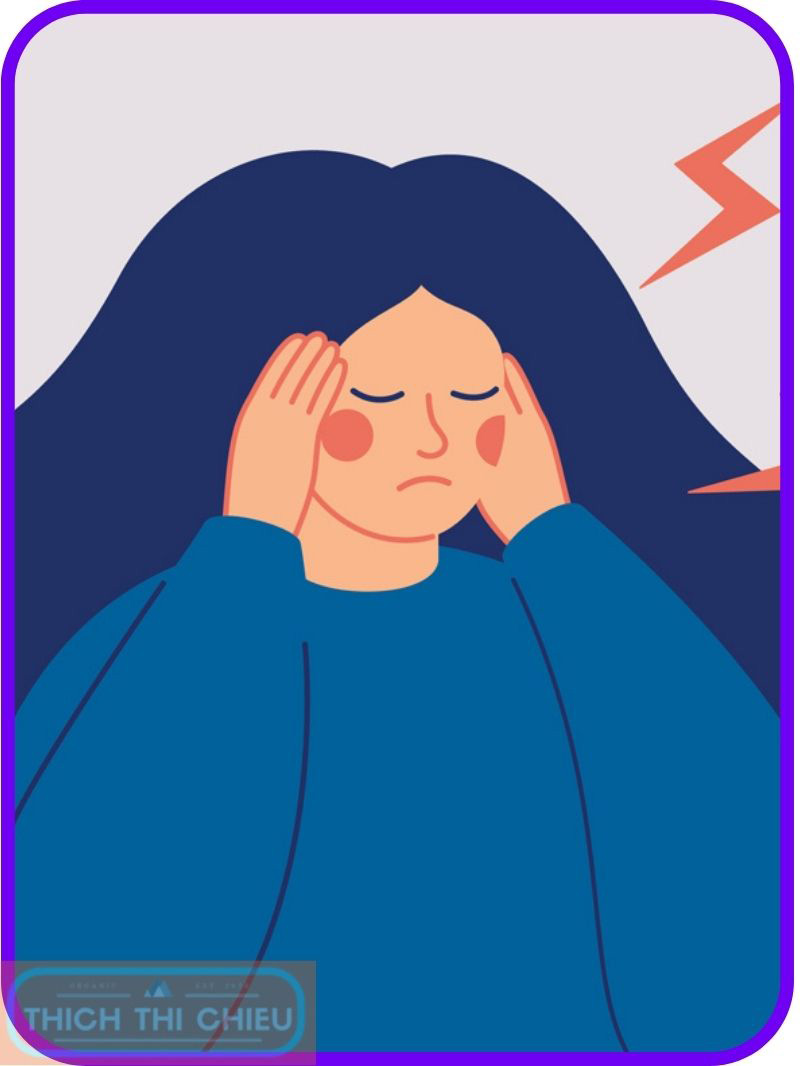
Asanas can help to alleviate headache pain by addressing the underlying causes of headaches. By stretching and strengthening muscles, improving circulation, and promoting relaxation, yoga can help to:
- Release muscle tension
- Reduce stress
- Improve blood flow
- Promote overall well-being
What are the benefits of yoga for headache relief?
Yoga has been shown to be an effective treatment for headaches. A study published in the journal “Headache” found that yoga was as effective as medication in reducing the frequency and severity of headaches.
How often should I practice yoga for headache relief?
The most effective way to use yoga for headache relief is to practice regularly. Aim to practice yoga for at least 30 minutes, 3 times per week.
A Sequence of Asanas for Headache Relief
Child’s Pose (Balasana)
Child’s Pose is a gentle and restful pose that can help to relieve tension in the head, neck, and shoulders. It is also a good pose to do when you are feeling overwhelmed or stressed.
Instructions:
- Kneel on the mat with your knees hip-width apart.
- Sit back on your heels and fold forward, resting your forehead on the mat.
- Relax your arms alongside your body.
- Hold for 5-10 breaths.
Cat-Cow Pose (Marjaryasana-Bitilasana)
Cat-Cow Pose is a dynamic pose that helps to warm up the spine, improve circulation, and release tension in the back and neck.
Instructions:
- Start on your hands and knees, with your hands shoulder-width apart and your knees hip-width apart.
- Inhale, arching your back and lifting your head and tailbone.
- Exhale, rounding your spine and tucking your chin to your chest.
- Continue the alternating movement for 5-10 breaths.
Standing Forward Bend (Uttanasana)
Standing Forward Bend is a pose that stretches the hamstrings, releases tension in the back and neck, and improves circulation to the head.
Instructions:
- Stand with your feet hip-width apart.
- Hinge at the hips and fold forward, reaching your hands towards the floor.
- Bend your knees as needed to keep your spine straight.
- Hold for 5-10 breaths.
Half Spinal Twist (Ardha Matsyendrasana)
Half Spinal Twist is a twisting pose that helps to release tension in the deep muscles of the back, which can contribute to headaches.
Instructions:
- Sit on the mat with your legs extended in front of you.
- Bend your left knee and cross it over your right leg, placing your left foot outside your right hip.
- Twist your torso to the right, reaching your left arm over your right thigh and placing your right hand behind you.
- Hold for 5-10 breaths on each side.
Downward Facing Dog (Adho Mukha Svanasana)
Downward Facing Dog is a pose that strengthens the back, shoulders, and arms, and improves circulation to the head.
Instructions:
- Start on your hands and knees, with your hands shoulder-width apart and your knees hip-width apart.
- Lift your hips up and back, forming an inverted V-shape with your body.
- Keep your spine long and your heels pressing towards the floor.
- Hold for 5-10 breaths.
Bridge Pose (Setu Bandhasana)
Bridge Pose is a pose that opens the chest, stretches the hamstrings, and improves circulation to the head.
Instructions:
- Lie on your back with your knees bent and your feet flat on the floor, hip-width apart.
- Press your feet into the floor and lift your hips up, forming a bridge with your body.
- Keep your spine long and your arms alongside your body.
- Hold for 5-10 breaths.
Corpse Pose (Savasana)
Corpse Pose is a resting pose that helps to promote relaxation and reduce stress.
Instructions:
- Lie on your back with your arms at your sides and your legs extended.
- Close your eyes and focus on your breath.
- Relax your body completely.
- Hold for 5-10 minutes.
Tips for Practicing Asanas for Headache Relief
Practice regularly
The most effective way to use yoga for headache relief is to practice regularly. Aim to practice yoga for at least 30 minutes, 3 times per week. Regular practice will help to improve your flexibility, strength, and balance, and it will also help to reduce stress and promote relaxation.
Listen to your body
It is important to listen to your body when practicing yoga. If you feel any pain, stop the pose and rest. You should also avoid forcing yourself into poses that are too difficult for you.
Use props as needed
There are many different props that can help you to practice yoga safely and effectively. These include props such as blocks, straps, and bolsters. Props can help you to support your body in poses and make them more accessible.
Be patient
It takes time to see the full benefits of yoga for headache relief. Don’t get discouraged if you don’t see results immediately. Keep practicing and be patient with yourself.
Preventing Headaches with Yoga
Manage stress
Stress is a major contributor to headaches, as it triggers the release of stress hormones that can constrict blood vessels and increase muscle tension. Yoga’s deep breathing techniques and relaxation practices, such as Savasana (Corpse Pose), can effectively reduce stress levels, promote relaxation, and help prevent headaches.
Stay hydrated
Dehydration can lead to muscle tension and headaches. Yoga encourages adequate hydration by promoting mindful drinking and emphasizing the importance of water for overall health. Additionally, certain yoga poses, such as Adho Mukha Svanasana (Downward-Facing Dog), can stimulate the kidneys and encourage fluid movement, improving hydration levels.
Get enough sleep
Sleep deprivation can disrupt the body’s natural balance and contribute to headaches. Yoga’s emphasis on relaxation and deep breathing can promote better sleep quality, allowing the body to rest and rejuvenate effectively. Additionally, incorporating restorative yoga poses, such as Balasana (Child’s Pose), can help induce restful sleep.
Eat a healthy diet
A healthy diet is crucial for maintaining overall well-being and reducing the risk of headaches. Yoga encourages a balanced and nutritious diet, emphasizing whole foods, fruits, vegetables, and lean proteins. Avoiding processed foods, excessive caffeine, and sugary drinks can further minimize the risk of headaches.
Practice yoga regularly
Regular yoga practice is essential for reaping the full benefits of yoga for headache prevention. Aim to practice yoga for at least 30 minutes, 3-4 times per week. Consistent practice will not only improve your flexibility, strength, and balance but also enhance your ability to manage stress, improve sleep quality, and maintain a healthy diet.
By incorporating yoga into your daily routine, you can effectively manage stress, improve overall well-being, and reduce the frequency and severity of headaches. Regular yoga practice, combined with stress management techniques, proper hydration, adequate sleep, and a healthy diet, can significantly reduce the prevalence of headaches and promote overall well-being. Hopefully, the above article of TTC has provided you with useful information. If you have any questions or concerns, please leave a comment below.
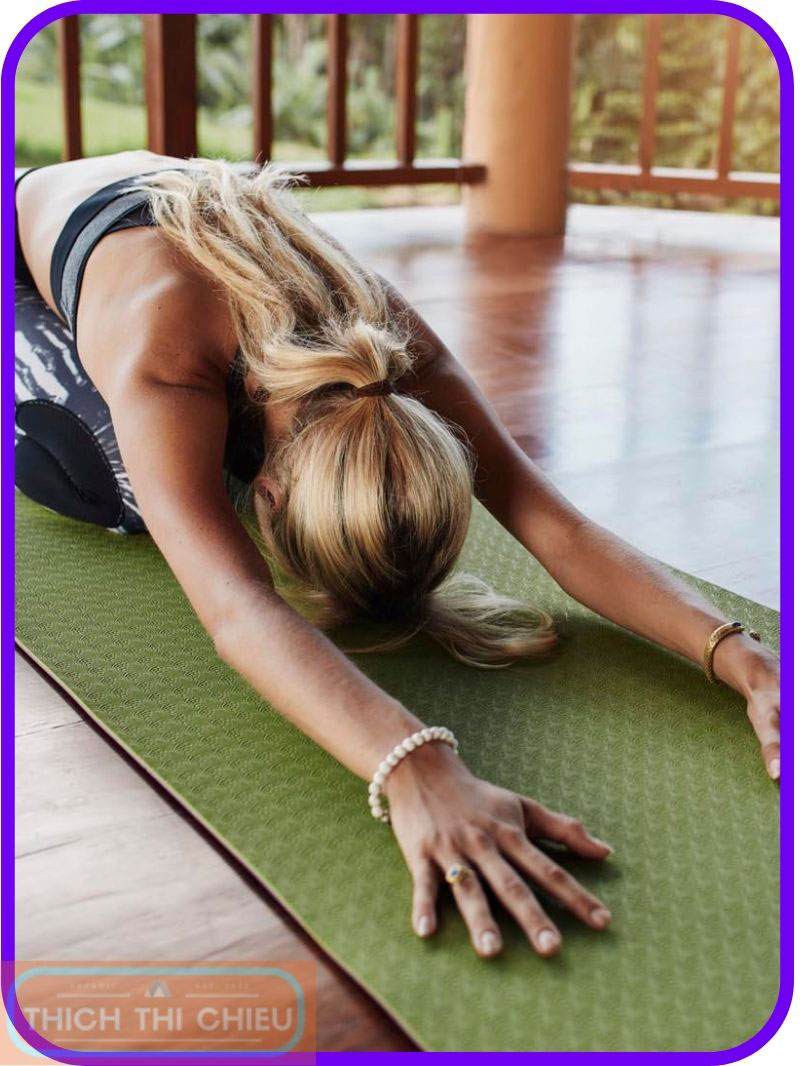
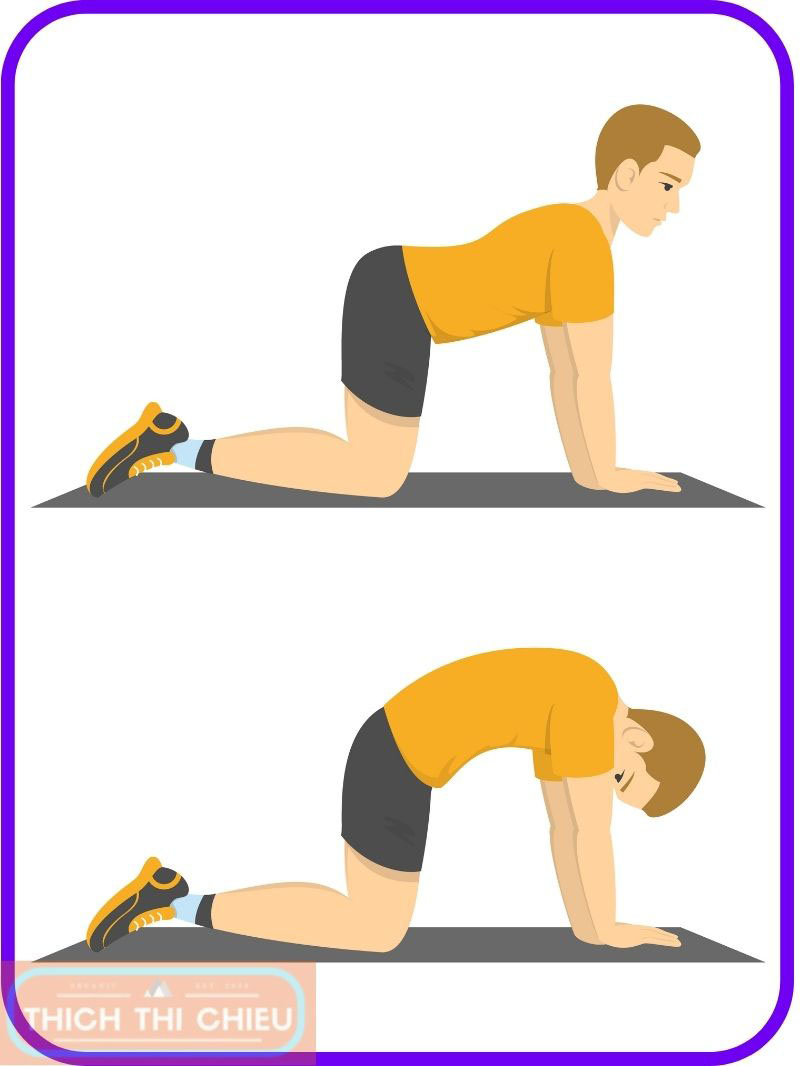
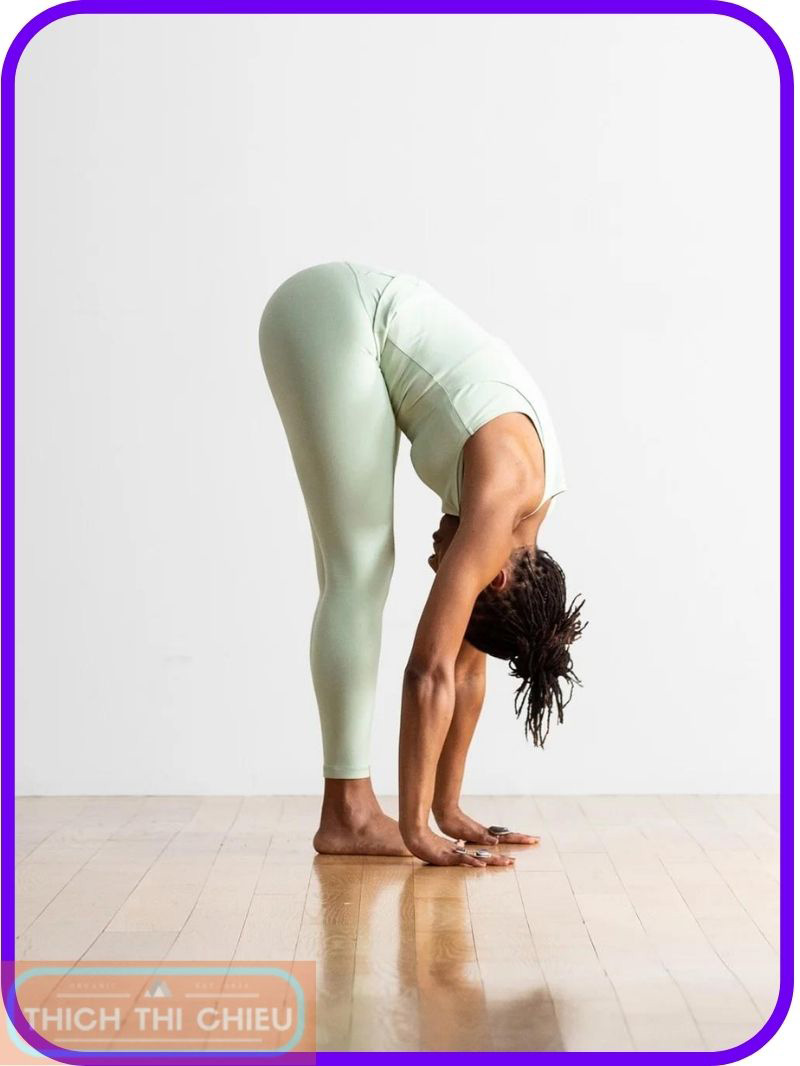

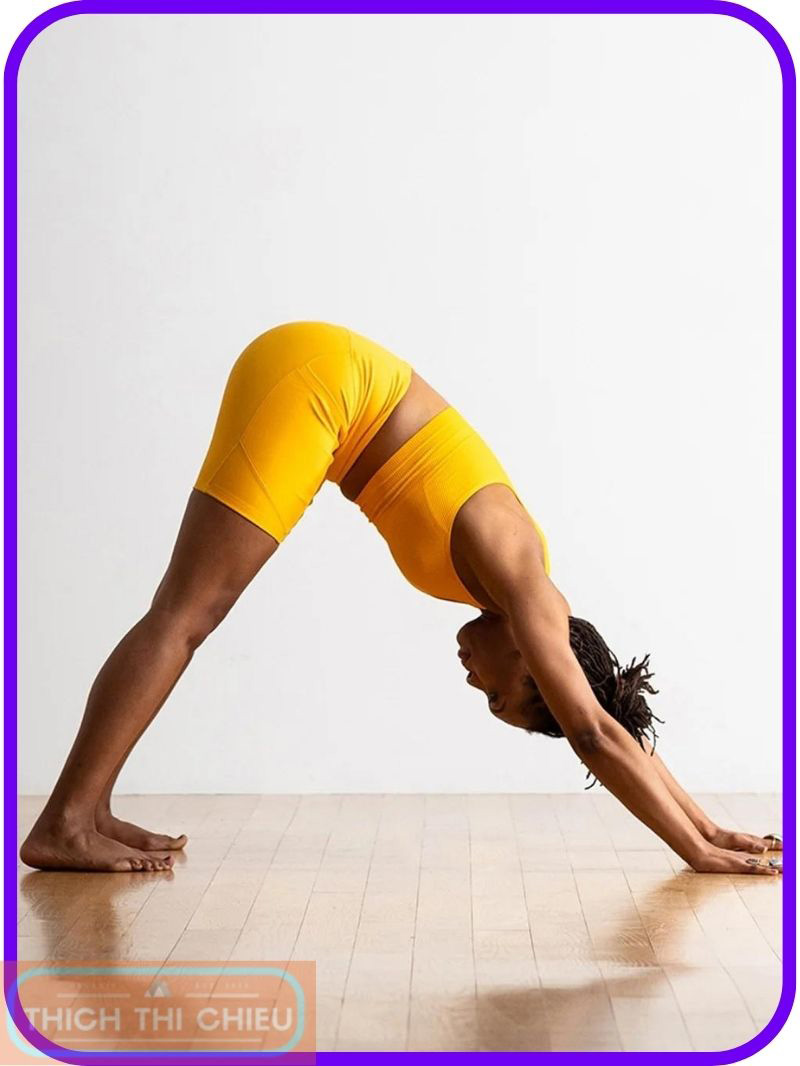
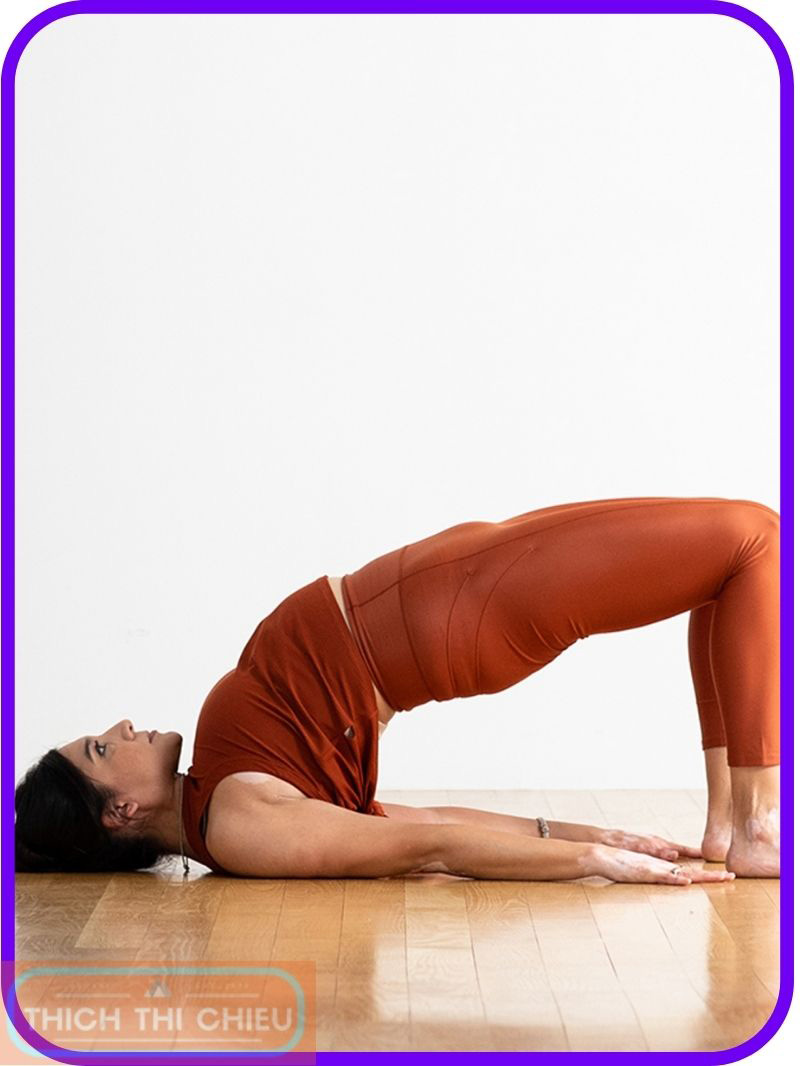
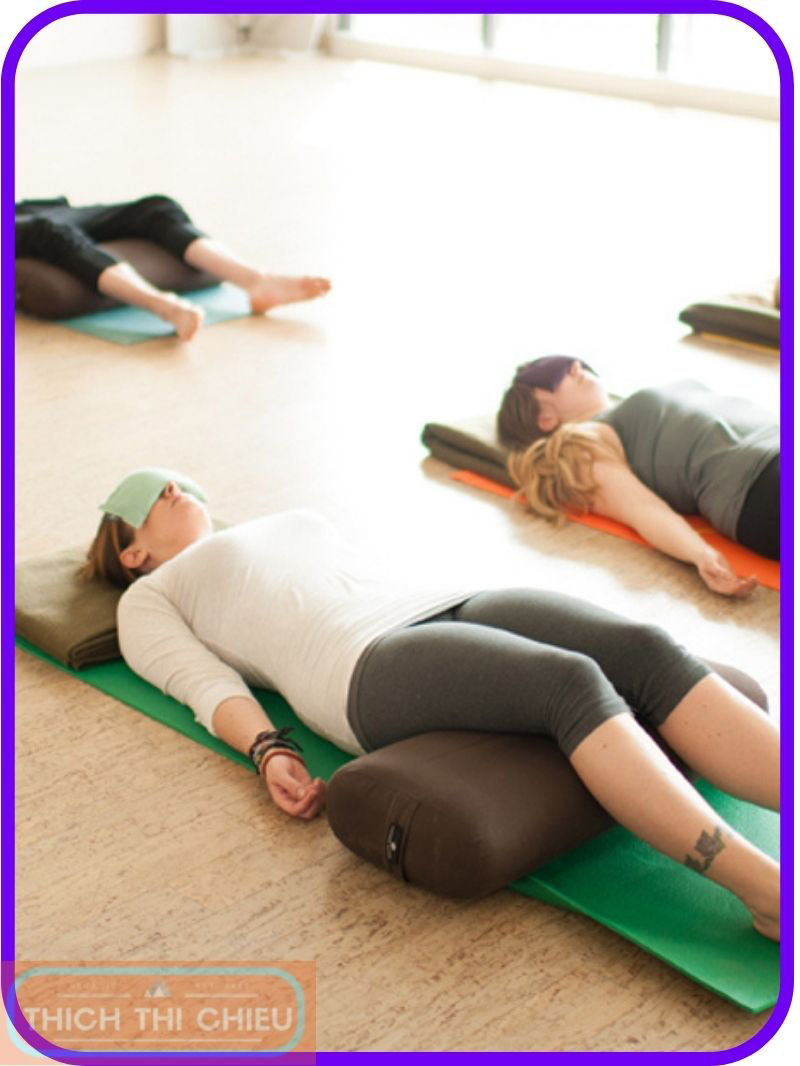






Leave a Reply